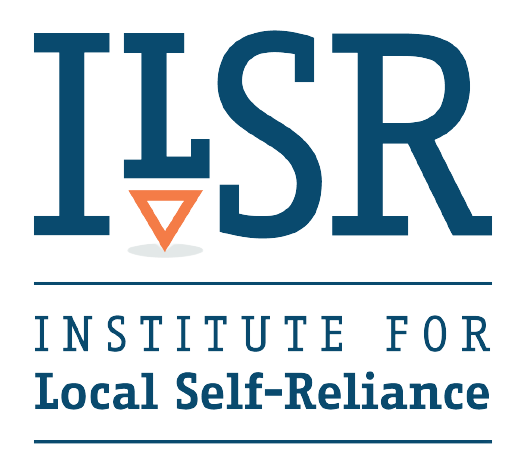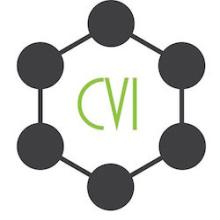
Fast, affordable Internet access for all.

Thirteen communities in central Vermont will ask residents if they want to authorize a communications union district, the first step toward a regional publicly owned Fiber-to-the-Home (FTTH) network.
Which Towns Will Participate?
On March 6th, towns in Vermont will participate in Town Meeting Day 2018 when they’ll gather and decide a range of issues such as how to spend town funds, which policies to implement, and other choices that effect the entire community. For the past year, Berlin board member and computer science professor Jeremy Hansen has approached town officials from nearby communities to discuss the possibility of developing a regional network.
As an elected official, his constituents have made him aware of poor Internet access in central Vermont. Currently, much of the area relies on DSL from Fairpoint with maximum speeds of 10 Megabits per second (Mbps) download and 1 Mbps upload, a far cry from the 25/3 FCC standard that defines broadband. There are also residents in the area that still use dial-up Internet access.
Local Jerry Diamantides, who works remotely for a company located in Virginia told Vermont Public Radio:
"It is DSL," Diamantides explains. "The ‘S’ certainly stands for slow. The ‘L’ must stand for low. And we’ll let the ‘D’ stand on its own, I guess. But, it’s barely sufficient for what I need."
Inspired By ECFiber
Hansen wants to improve connectivity in the region by establishing a communications union district, which is the model EC Fiber uses. The designation is much like a sewer or water utility, but focuses on delivering Internet access. EC Fiber began with a different model that relied on private investment, but when the state established the communications utility district designation, it was then able to seek financing from a range of other sources. That funding was critical to allow the network to expand, serve more subscribers, and continue to grow.
As he’s presented his proposal to elected officials in central Vermont cities and towns, Hansen has used EC Fiber as an example, using similar take rates. Currently about 2,000 subscribers in 20 towns take Internet access from EC Fiber. With a minimum of two communities agreeing to create the new entity, the next step would be a feasibility study, a business plan, and they’d try to draw in more member towns. Hansen has dubbed the entity Central Vermont Internet or CVI.
Hansen calculates that CVI would need to spend about $30,000 per mile to build the network.
“Speaking economically, we need to have about six people per linear mile,” Hansen said. “So, if there’s 20 miles of town roads, we’re going to need 120 subscribers on those roads to be able to pay for this and offer similar rates as other Internet providers.”
A Growth Tool
The consortium of 24 rural towns began through an inter-local contract. The model worked, but it translated into slow development of a network; the organization needed some other structure that investors understood. Once Vermont created the communications union district, ECFiber was better able to raise funding in larger increments, which allowed them to build the network faster, take on subscribers sooner, and pay off earlier debt quicker.
Communications union districts aren’t allowed access to taxes to fund their project; subscriber fees pay the revenue bonds which fund the deployment. Hansen has pointed out to officials and potential voters that towns and cities will not have a financial obligation if they choose to participate in the communications union district.
More On CVI
In order to help explain the CVI proposal Hansen filmed a video and shared his presentation slides. He explains the advantages a publicly owned network will bring, including local control, economic development, and cost savings. Hansen also notes that the network would be dedicated to network neutrality and he also addresses common arguments against the proposal.
You can also listen to Hansen in several radio interviews with Vermont Public Radio about the initiative. He spoke with them in January about the lack of quality connectivity in central Vermont and more recently about the Town Meeting vote.
